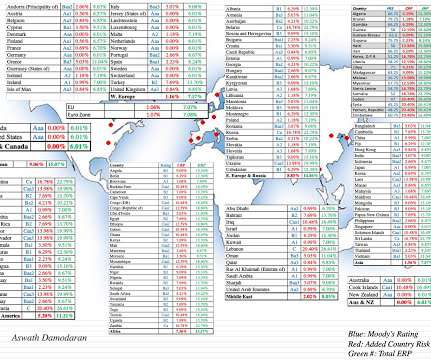Discount Rate—Explanation, Definition and Examples
Valutico
FEBRUARY 27, 2024
More importantly, we’ll dig deeper into how discount rates can influence investment choices and how they’re used to figure out a company’s worth. What is a discount rate? The “discount rate” does two main things. For central banks like the Federal Reserve, it helps control the economy.












Let's personalize your content